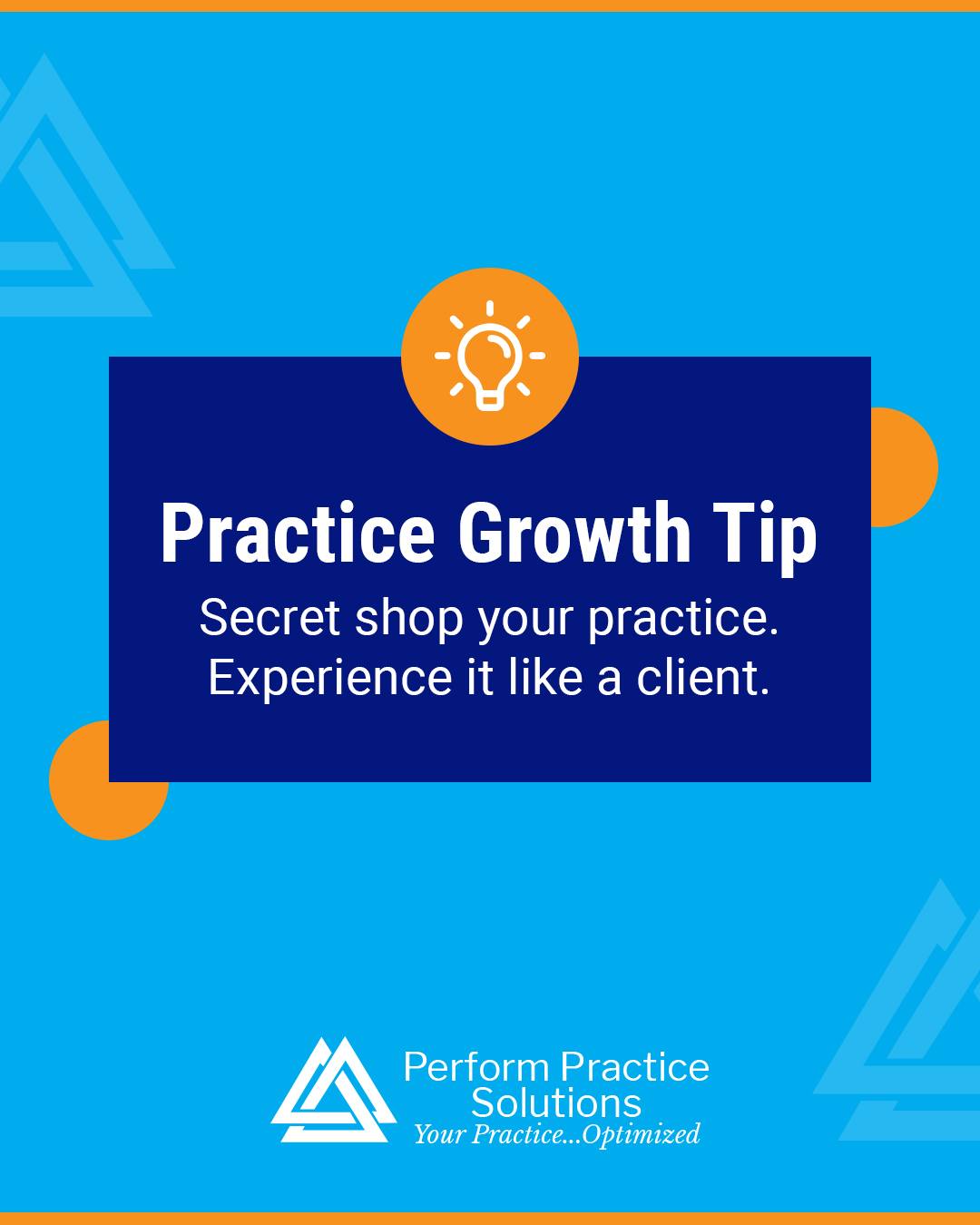A strong online presence is vital for the success of any business, including physical therapy clinics. Here we highlight the importance of cultivating a robust digital footprint with some key insights on how to thrive in the digital landscape. Remember — we have a complete marketing arm that can either consult with you to share best practices and give you some pointers, or you can use our full services to ensure every facet is managed, with excellence. It’s really worth a call!
In today’s digital age, it’s becoming increasingly common for individuals and businesses to conduct due diligence on each other before entering into a relationship or making a significant decision. Due diligence involves conducting research and analysis to gain a comprehensive understanding of the person or entity you’re dealing with. And with so much of our lives taking place online, it’s no surprise that a significant part of this research involves examining an individual or business’s online presence.
Your online presence encompasses all the digital footprints you leave behind, from your social media profiles to your website, online reviews and more. It can reveal a lot about your personal and professional life, your values and your behavior. With the increasing importance of online presence, it is vital for businesses to focus on digital PR to build trust, credibility and visibility.
How Online Presence Affects Due Diligence And How Digital PR Can Help
The primary purpose of due diligence is to identify potential risks and uncover any relevant information that may affect the decision-making process. This can include financial, legal, regulatory and reputational risks, among others. By conducting due diligence, organizations can make informed decisions based on accurate and reliable information.
Reputation Management
One of the key aspects of due diligence is to ensure that the business or individual has a good reputation. Online presence, including digital PR, can help to establish a positive reputation and build trust with potential investors, customers or partners by distributing unbiased stories on authoritative news and industry sites, which can help build social proof and authenticity. Conversely, negative information about a business or individual online can significantly impact due diligence, leading to distrust and potential investment or partnership withdrawal.
In my practice, there was a case where we integrated with a European-based payment system. They were genuinely interested in gathering information about our company. Subsequently, an article documenting my meeting with the President of Estonia, Alar Karis, provided valuable support in establishing a positive reputation.
Financial Viability
Financial institutions and investors often conduct due diligence on a business to assess its financial viability. A strong online presence, including a well-designed website, active social media profiles and positive media coverage, can indicate financial stability and a promising business. It can also make it easier for compliance teams from financial institutions to find out more about your business online. This is particularly important for small businesses that may be seeking funding or investment, for example.
A professionally designed and well-maintained website can indicate that a company is dedicated to investing in its online presence, which can suggest financial stability. Furthermore, the content featured on a website plays a crucial role in providing indicators of a business’s stability and growth.
Case studies can serve as valuable tools for assessing the financial viability of a business. By examining real-life examples of a company’s past projects or client engagements, case studies offer insights into its financial performance, success factors, and the impact of its services or products. Not every client I’ve worked with is willing to go public. However, if they are open to it, I always strive to formalize the outcomes of our collaboration in a case study. When you publicly showcase that you have successfully collaborated with large and medium-sized companies (which my company has done and seen success in), it further reinforces your credibility and trustworthiness.
While not directly financial in nature, online reviews and ratings can provide indications of customer satisfaction, which can have an impact on a business’s financial performance. For example, we display all the badges that we received from G2 and Trustpilot on our service pages.
To assess a company’s financial viability, it’s important to look beyond its website. News articles, press releases and industry reports can offer valuable insights into a company’s financial performance, funding rounds, partnerships and other critical financial details, all of which contribute to the overall picture.
This information plays a crucial role in helping potential investors develop a comprehensive understanding of the company’s financial standing. As an illustration, my company consistently publishes press releases highlighting notable achievements, including when we participated in the Native Advertising DAYS event and expanded into the Middle East.
Industry Standing
A business with a positive online presence can help you be seen as a thought leader and an authority in its industry. Digital PR campaigns can help to create a brand identity and position your brand positively in front of your target audience by showcasing your brand’s unique selling points, which can help increase brand loyalty.
Having an active social media presence means consistently engaging with your target audience, sharing valuable content and fostering positive coverage. For example, my company has successfully achieved this through webinars with industry experts, which are hosted on platforms like YouTube and LinkedIn. These webinars provide an opportunity to showcase thought leadership, engage with the audience and generate positive coverage.
Conclusion
Having a strong online presence can also help small businesses to open up new revenue streams. By making it easier for customers to find your business online, you can increase your customer base and ultimately drive sales. This can help to generate more revenue, which can be reinvested into your business to drive growth.
A well-crafted digital PR strategy that includes sponsored content and press releases can help organizations to increase their online presence and ultimately drive business success.
Elevate your PT clinic’s online presence with Perform Practice Solutions. We are dedicated to creating efficient physical therapy marketing solutions and helping clinic owners achieve their goals. Give us a call at (833) 764-0178 and visit our IG @performpracticesolutions.



























